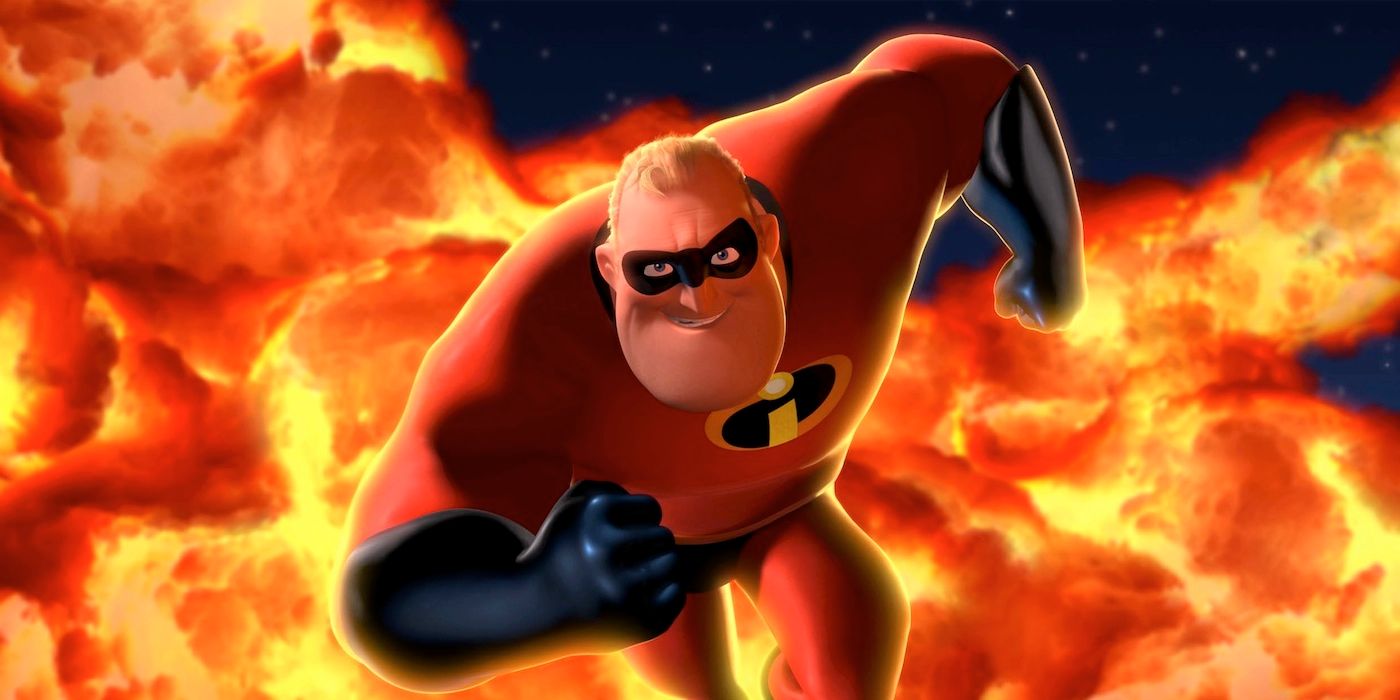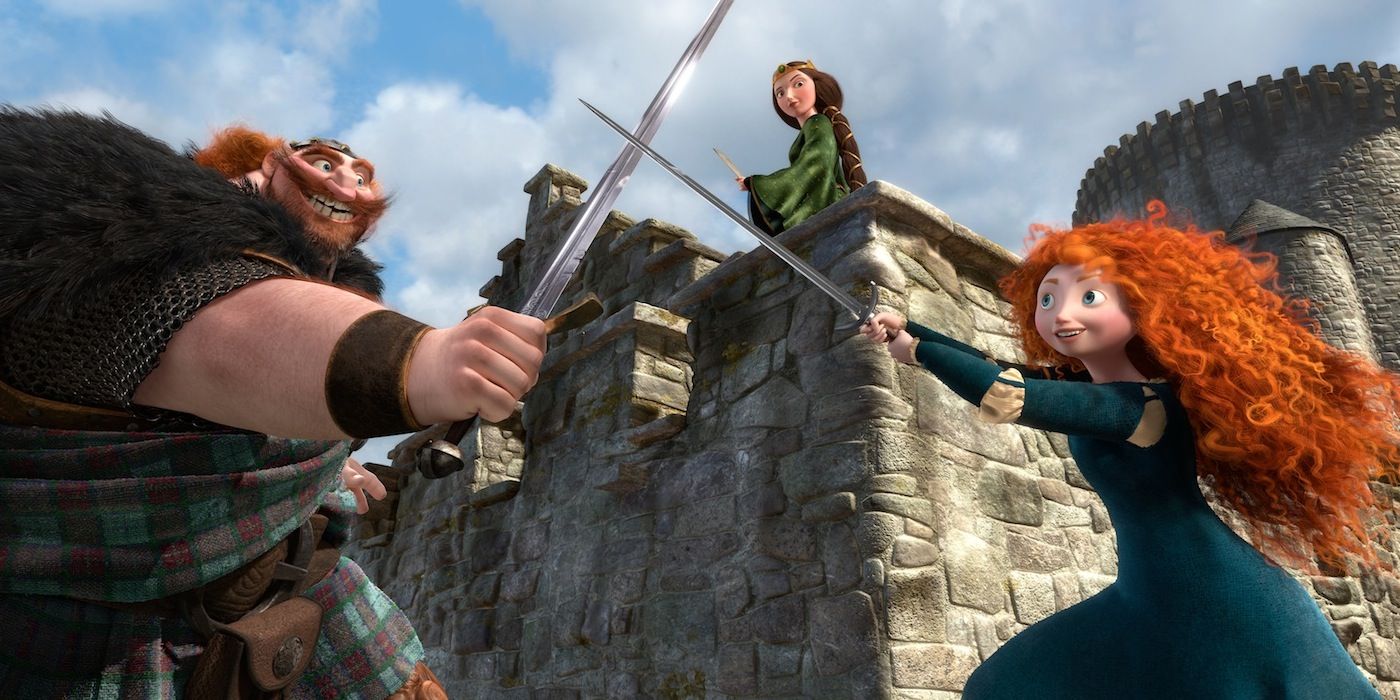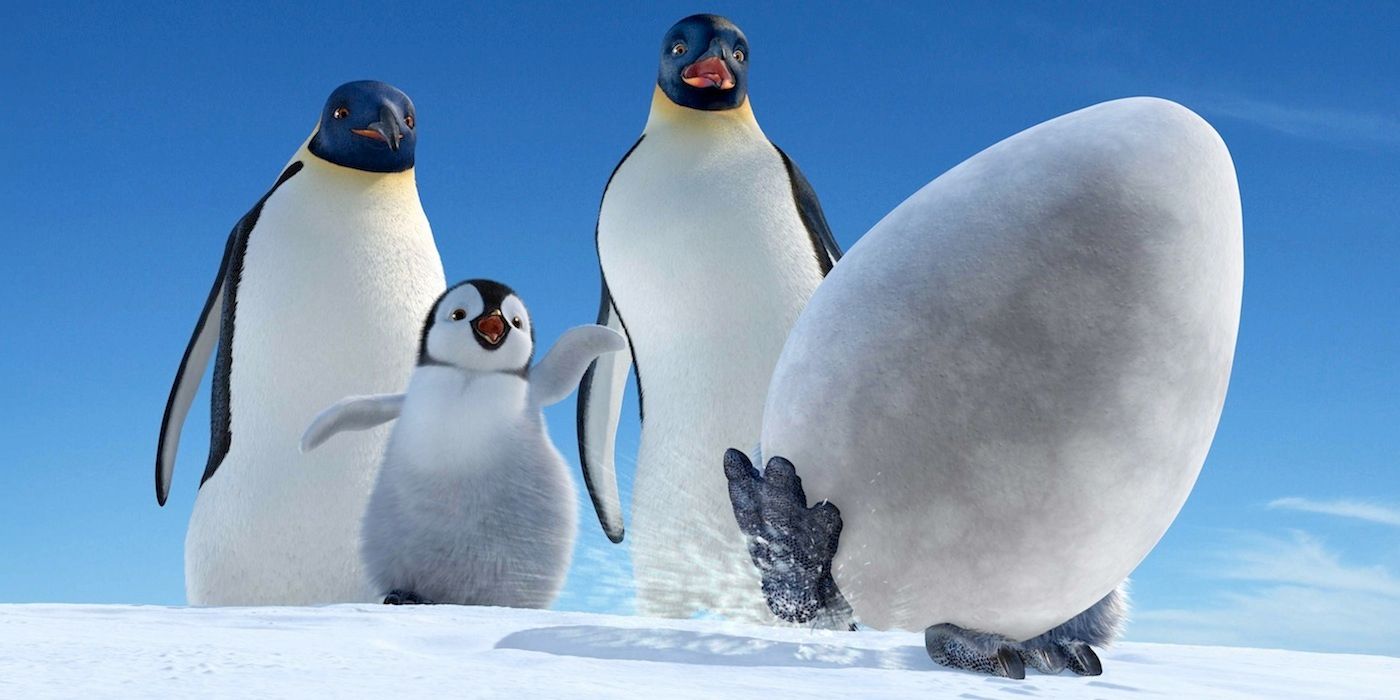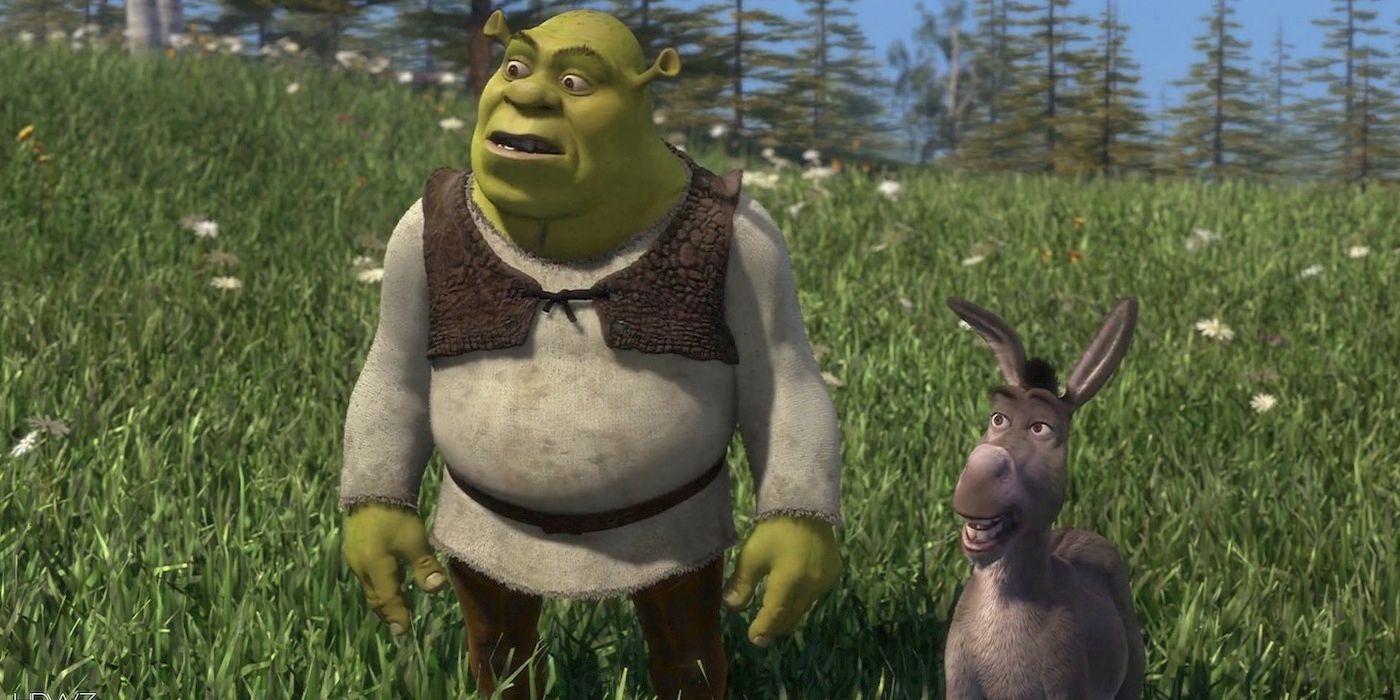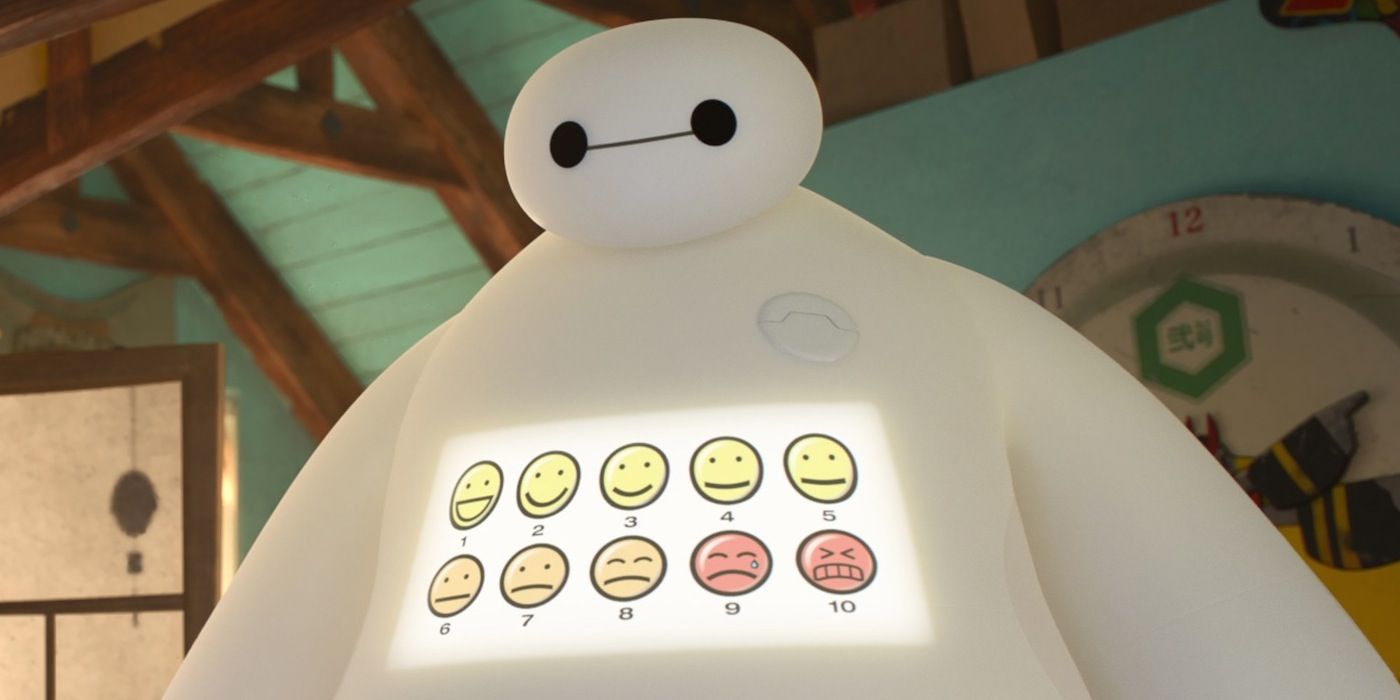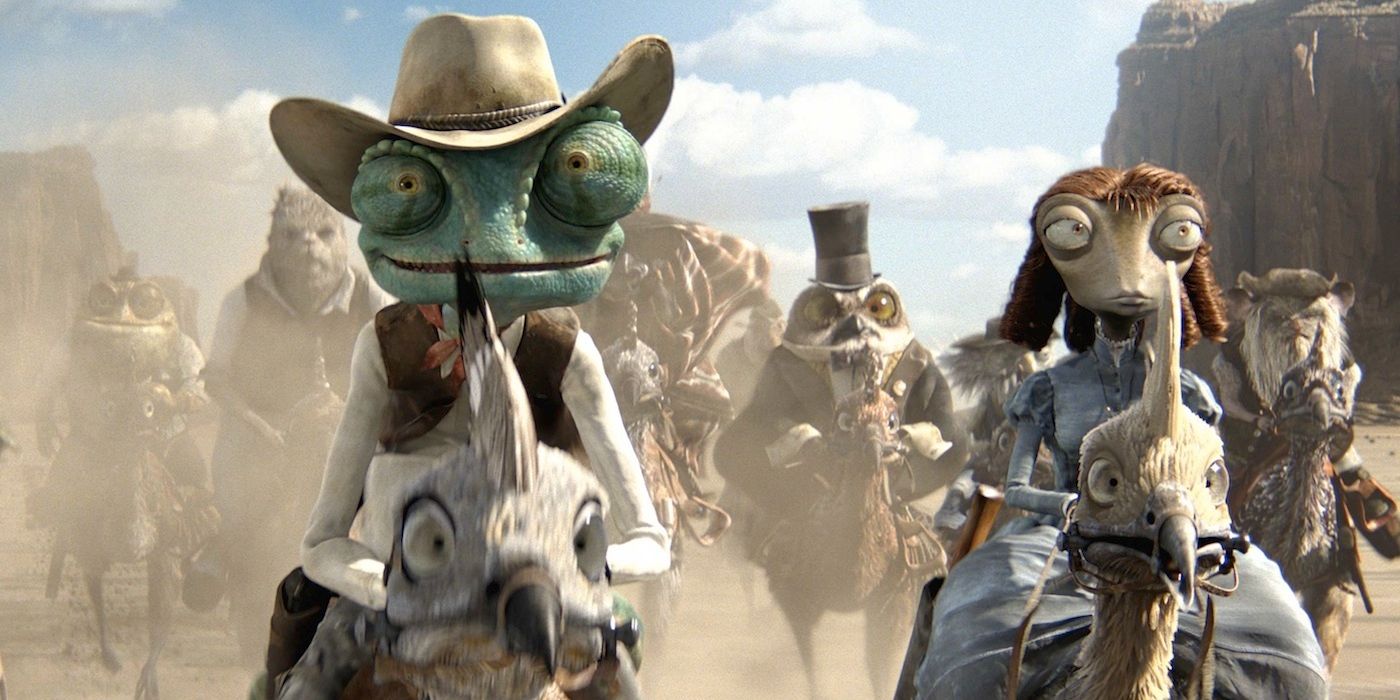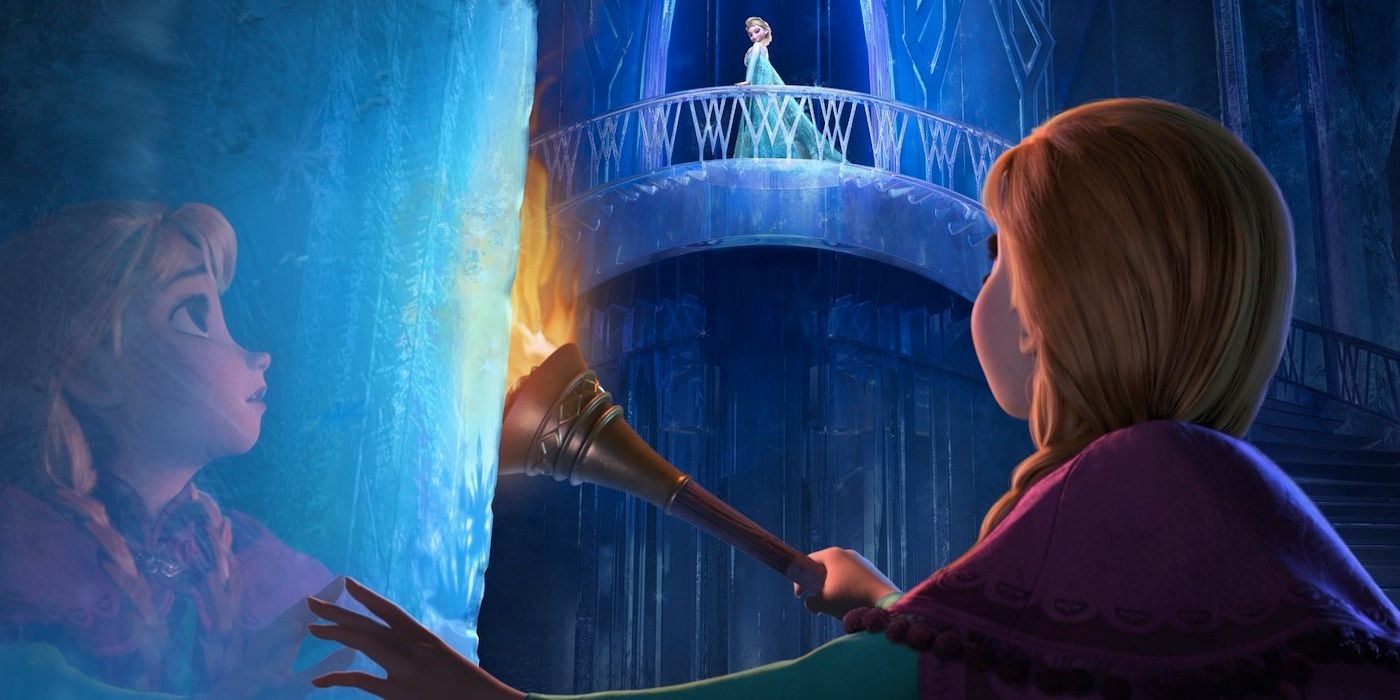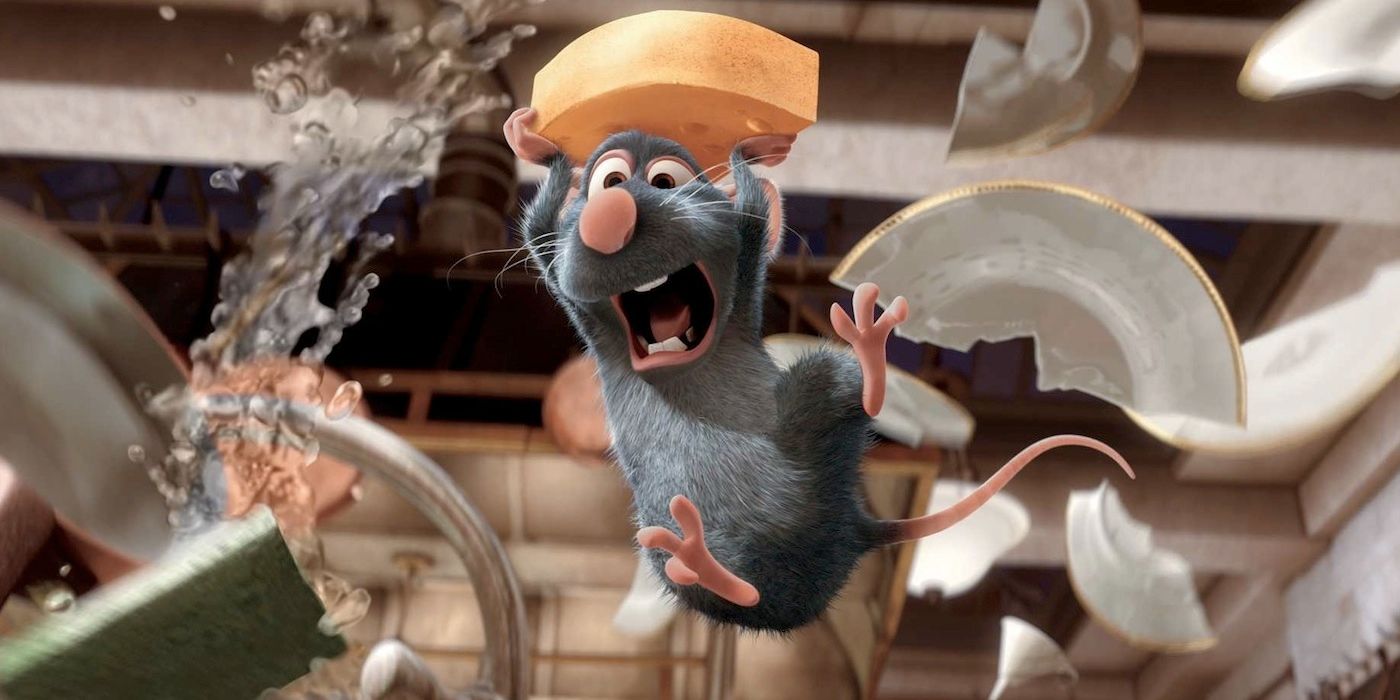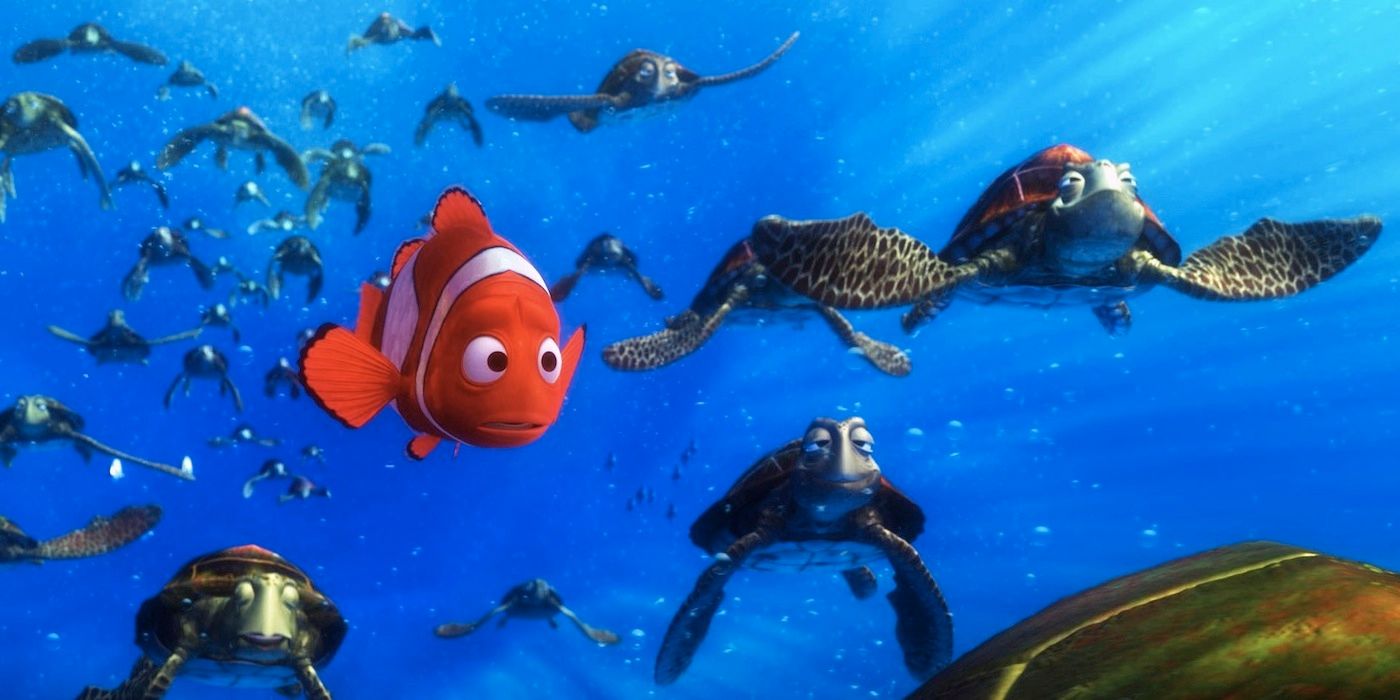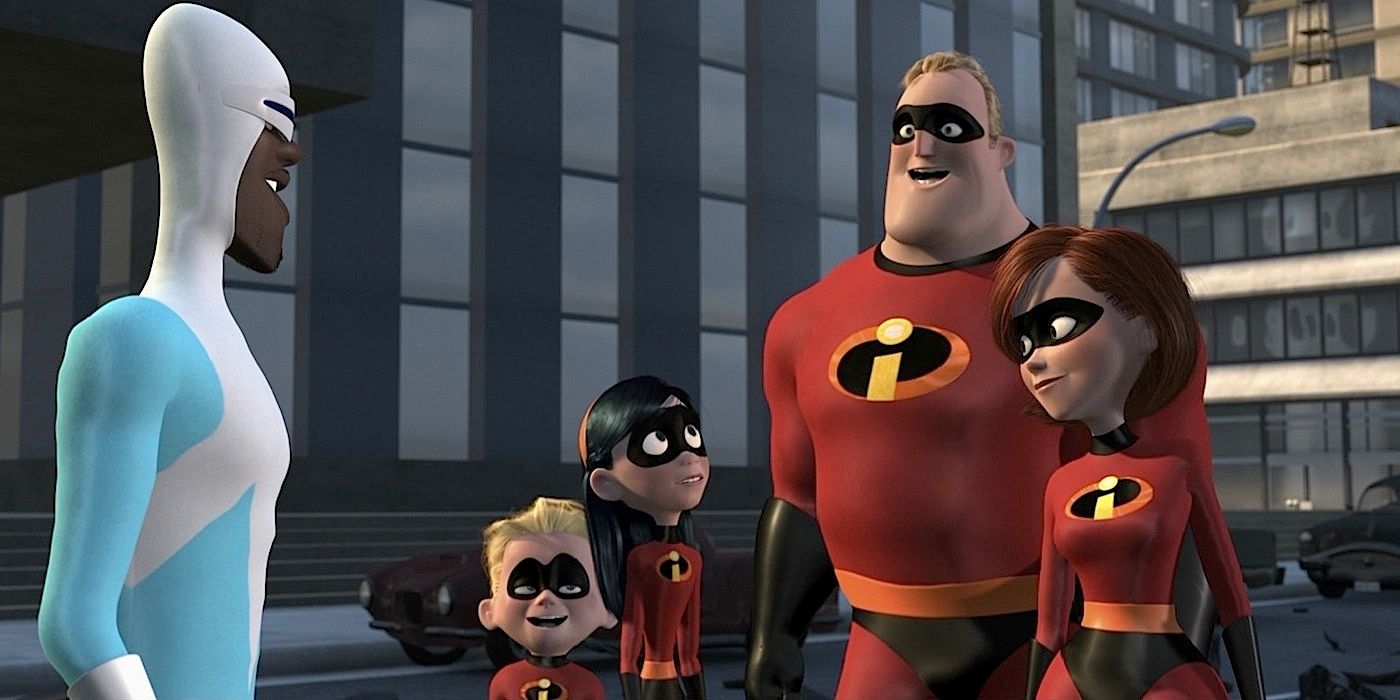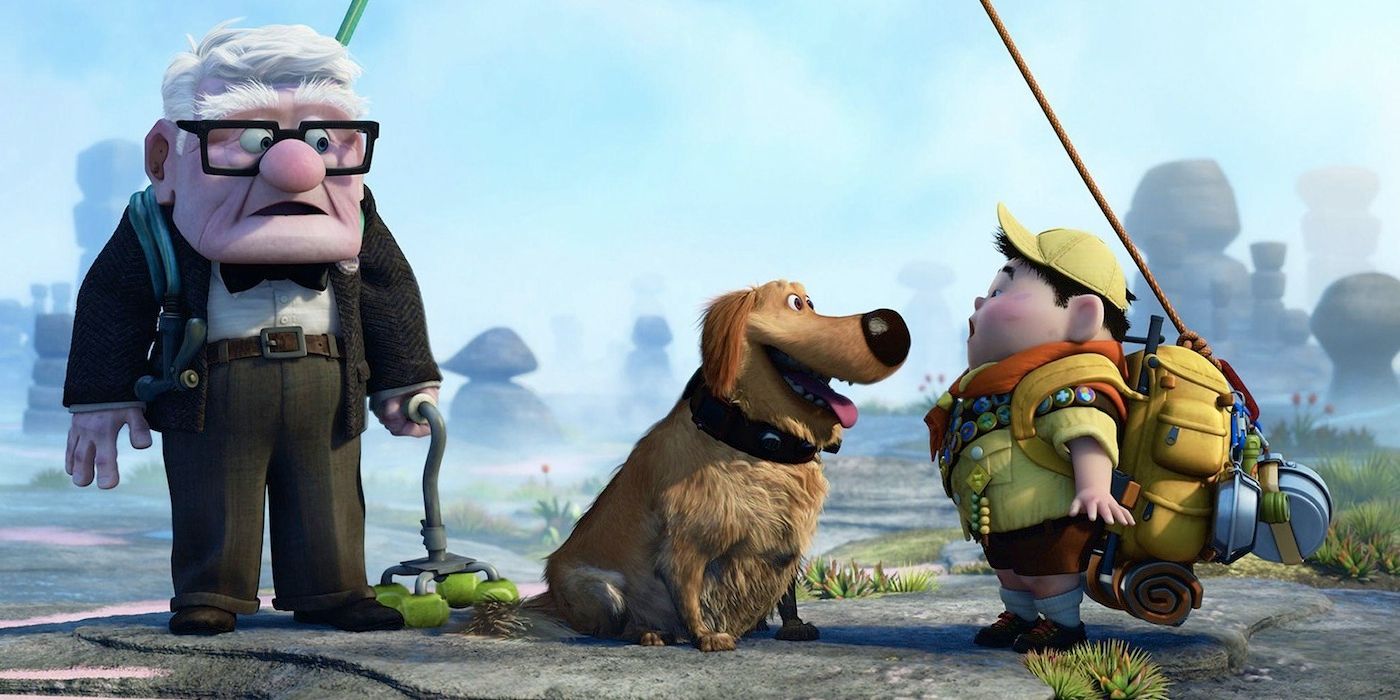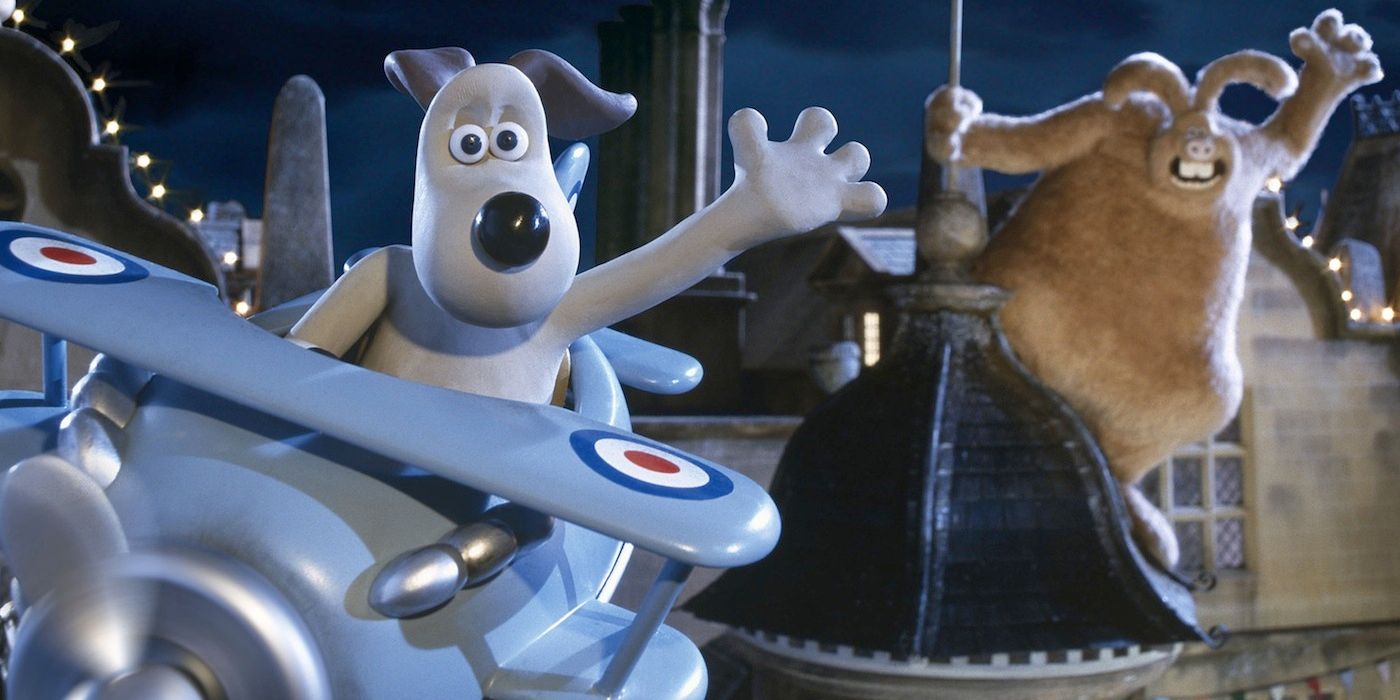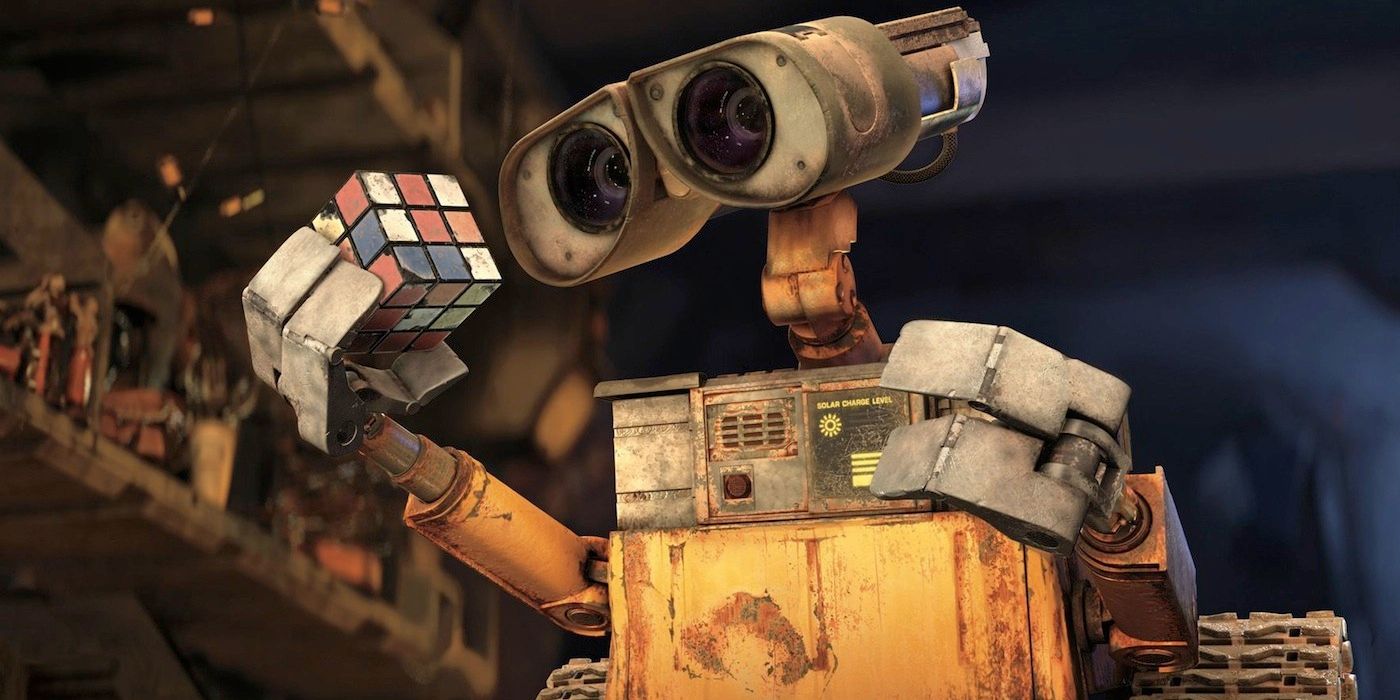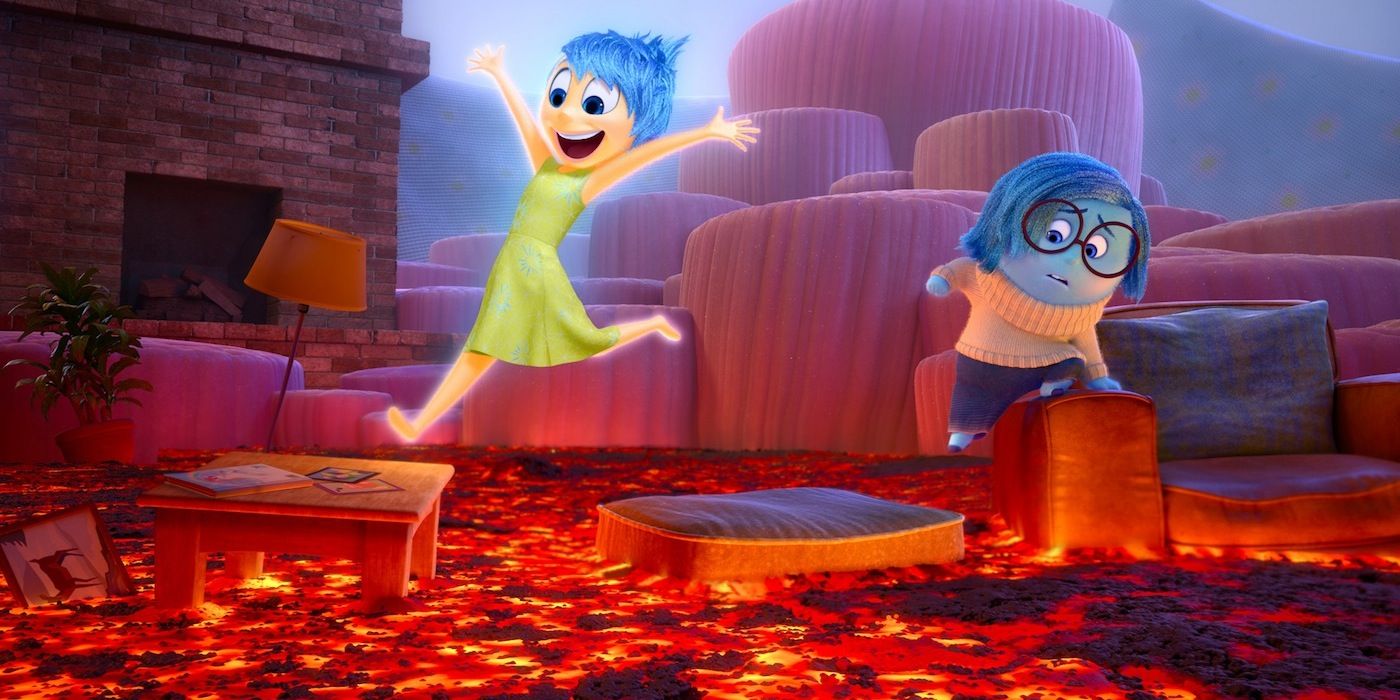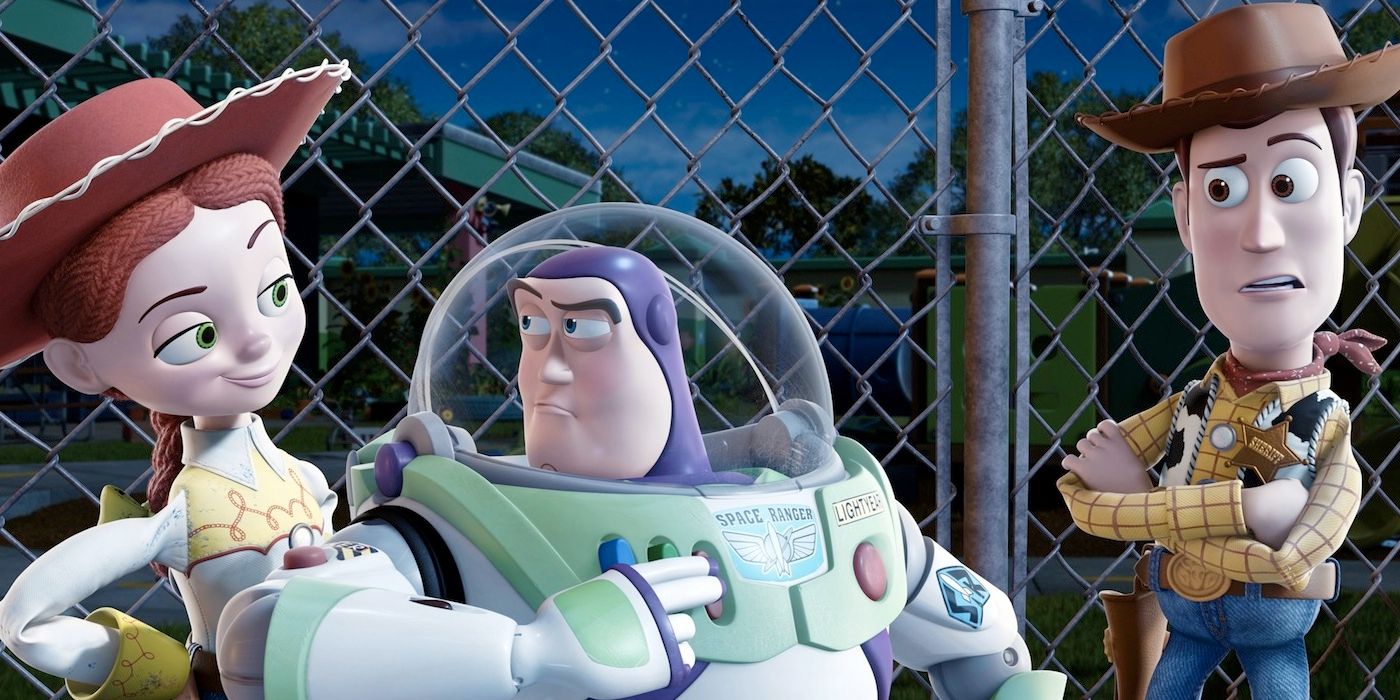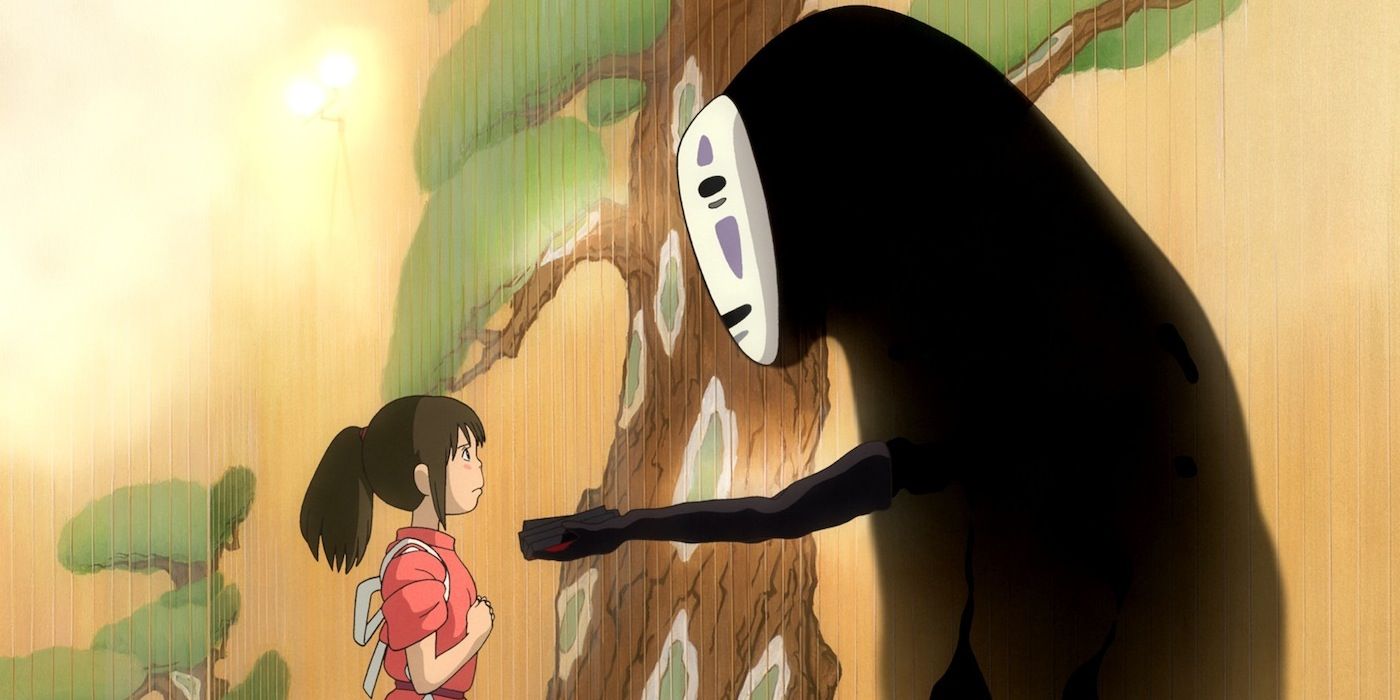The modern Disney renaissance in animation began back in 1989 with the release of The Little Mermaid, while Pixar exploded onto the scene as a major player in 1995 thanks to Toy Story. Understandably, it took several more years following both these milestones for the rest of the industry to catch wind of the enormous financial potential of producing big-screen toon tales.
The floodgates were soon opened, but ever cautious, it wasn’t until 2001 that the Academy of Motion Picture Arts and Sciences determined that enough feature-length animated movies were being produced on an annual basis to warrant the creation of the Oscar for Best Animated Feature.
With animated pictures now accounting for a sizable chunk of the box office — in 2016, four of the top 10 domestic earners belonged to the genre — it’s unlikely the cel well will dry up anytime soon. A record 27 films were submitted for consideration in the category for the 89th Academy Awards, and, come February 26, one of the five finalists will take the 16th statue ever given in this category. Before then, here's a look at Every Best Animated Feature Oscar Winners, Ranked.
15. BRAVE
Of the 15 Oscars handed out thus far for Best Animated Feature, eight of them have gone to Pixar productions — a clear sign of the outfit’s domination of the field. Still, the win for 2012’s Brave seems like the odd victory out — less an affirmation of its merits than an admission by Academy voters that they didn’t care for (or understand) all those noisy video games featured in the presumed frontrunner Wreck-It Ralph.
The best thing about Brave is its vibrant heroine, the first female placed front and center in any Pixar picture. With flaming red hair and archery skills to rival Robin Hood's, Merida (voiced by Kelly Macdonald) is a spirited Scottish lass who, in the best animated tradition, longs for independence and adventure. Her rambunctious father, King Fergus (Billy Connolly), admires her earthiness and athletic abilities, but her mother, Queen Elinor (Emma Thompson), bans such activities, insisting that Merida behave like a proper lady in order to land a suitable husband.
There's emotional resonance in the way the bond between mother and daughter evolves over the course of the picture, but it just barely compensates for the nonstarter nature of the big twist that propels all the second-half action. Brave remains a perfectly pleasant outing, but in most regards, it's disappointingly tame and conventional.
14. HAPPY FEET
For at least half of its running time, 2006’s Happy Feet plays like the usual assembly-line animated feature, this one about a penguin (Elijah Wood) whose tap-dancing prowess freaks out his fellow flightless fowl. Like many mediocre toon flicks, it features saccharine characters and sterile CGI imagery, and it also tacks on lazy stereotypes that border on racist as well as way too much Robin Williams (playing not one, not two, but three characters).
But a strange and wonderful thing happens deep into the film. It dispenses with the fun and games and becomes a sober reflection on the harm that humans are causing to the environment and to our ice-capped friends in particular. The movie morphs into one of the coolest Twilight Zone episodes never made, and for a brief, glorious second, it appears as if it’s going to end at the most opportune moment, delivering its themes with all the force of a sledgehammer on an egg shell.
Alas, Happy Feet recovers from its momentary brilliance and soon is back on its preordained path to a happy ending — albeit one that still keeps its relevant message intact. The end result is decent fare — even if it often plays like a revision of 1992’s strikingly similar FernGully: The Last Rainforest — but it passed on the opportunity to be so much more.
13. SHREK
The first Oscar for Best Animated Feature went to 2001’s Shrek, a critical and commercial smash that inspired a number of rocky sequels. Even at the time — and certainly in retrospect — it was clear that its chief competition, Pixar’s Monsters, Inc., was not only the superior movie but also the one that would age better.
Still, this fractured fairy tale nevertheless remains a snappy comedy that manages to stick it to the entire genre, thanks to such scenes as Gepetto selling Pinocchio for reward money and Snow White and Cinderella getting into a slapping match. The main focus, though, is a half-conventional, half-original tale about an ogre (Mike Myers) who finds himself being tricked by an evil lord (John Lithgow) into rescuing a princess (Cameron Diaz) from a fire-breathing dragon.
In what became an unfortunate trend that continues to this day, the modern breed of animated features relies a bit too much on crude gags and up-to-the-minute pop culture references rather than on a magical sense of eternal appeal — Shrek falls into that camp, and even a mere decade-and-a-half later, much of it feels dated. But there’s still plenty to enjoy, including the pleasing animation and a zesty vocal performance by Eddie Murphy as Shrek's wisecracking donkey sidekick (basically reprising his zesty vocal performance as Mulan's wisecracking dragon sidekick).
12. BIG HERO 6
An adaptation of a lesser-known Marvel Comics title, 2014’s Big Hero 6 is set in the East-meets-West landscape of San Fransokyo and centers on Hiro Hamada (Ryan Potter), an aimless 14-year-old genius who's given some much-needed guidance by his older brother Tadashi (Daniel Henney). Tadashi is a student at the San Fransokyo Institute of Technology, where he has developed a lovable, marshmallow-shaped robot named Baymax (Scott Adsit). Baymax has been programmed to serve as an efficient health care provider, and he and Hiro end up forming a special bond.
The first hour of Big Hero 6 is top-notch, complete with an array of interesting characters, an eye-popping visual design, and, courtesy of the bulky Baymax, a sizable number of hearty laughs. Befitting its comic book origins, the second part turns more standard (if no less engaging), as Hiro forms a superhero outfit with other science-nerd misfits.
Viewers are best advised to sit through the closing credits. As is the norm with any superhero film worth its salt, this one includes a post-credits sequence (eagle-eyed viewers will catch a tease midway through the film), and it's one guaranteed to delight the Marvel faithful.
11. RANGO
More than any other film on this list, 2011’s Rango feels less like a kid flick and more like a mature seriocomedy that just happens to be animated. Instead of a G rating, it sports a PG, and even a PG-13 wouldn't have been out of the question. Then again, that's perfectly in line with a movie that comes across as a Coen Brothers film with anthropomorphic animals.
Director Gore Verbinski and scripter John Logan have fashioned a frequently warped and always humorous quasi-Western in which a chameleon (Johnny Depp) who had previously enjoyed the pampered life of a family pet winds up alone in the dusty town of Dust, where he gets elected sheriff after convincing the locals that he's one tough hombre.
Rango is so imaginatively realized in terms of its camera angles and backdrops that the sense of detail brings to mind a live-action flick rather than an animated romp — it's no surprise to see ace cinematographer Roger Deakins (No Country for Old Men, Sicario) listed in the closing credits as "visual consultant." As for the narrative, it's a film buff's delight, expertly incorporating elements from Clint Eastwood's Spaghetti Westerns, Cat Ballou, Apocalypse Now, and, with its plot thread of the villain trying to control a town's water rights(!), Chinatown.
10. FROZEN
Using Hans Christian Andersen's The Snow Queen as its loose inspiration, this 2013 Disney delight dares to crinkle the studio's patented formula a tad by presenting audiences with not one but two female leads — and the focus is definitely not on finding a man. Instead, Frozen is ultimately a tale of sisterly love, with young Anna (Kristen Bell) doing everything in her power to save and protect her older sibling Elsa (Idina Menzel), the queen who can't touch anything without it frosting over (she's basically a hybrid of X-Men sweethearts Rogue and Iceman).
As is often the case with CGI cartoons, the backgrounds are rendered in more convincing detail than the human characters' expressions. Here, the animation team kicks it up an extra notch, creating a wintry wonderland that's absolutely dazzling to behold.
The romance is more complicated than in most Disney flicks, with the love triangle of Anna, gentleman suitor Hans (Santino Fontana), and hulking outdoorsman Kristoff (Jonathan Groff) subverted nicely by a third act twist. A reindeer named Sven and the perpetually perky snowman Olaf (Josh Gad) provide the requisite humor, while married songwriters Robert Lopez and Kristen Anderson-Lopez serve up a potent song score that includes the Oscar-winning "Let it Go.”
9. RATATOUILLE
Perhaps the most criminally underrated of all Pixar pics, Brad Bird’s 2007 Ratatouille would merit higher placement were it not for the exceptional competition. Cinema has dished out many marvelous movies set around the kitchen, but among such highlights as Babette's Feast, Eat Drink Man Woman, and Like Water for Chocolate, an animated yarn about a culinary rat still manages to stand out.
The critter is Remy (Patton Oswalt), whose skills in the kitchen are exemplary, and the primary human protagonist is Linguini (Lou Romano), a skinny lad who possesses none of his late father's superb culinary abilities. Since restaurant kitchens aren't exactly rodent-friendly, and since circumstances force the singularly untalented Linguini to pass himself off as a master chef, the pair pool their resources to return a once-great Paris eatery back to its position as one of France's finest.
Ratatouille serves as both a love letter to Paris and a valentine to the fine art of cooking, and its view of Anton Ego (Peter O'Toole) as a food critic who’s so harsh precisely because he loves what he’s covering might be the most honest reviewer representation ever put on screen.
8. FINDING NEMO
This past summer saw the release of the mammoth hit Finding Dory, yet there’s a reason it’s not one of the five films presently nominated for the Best Animated Feature Oscar. For all its merits, it measures up to neither the actual nominees (including Zootopia, Moana, and Kubo and the Two Strings) nor its 2003 predecessor.
As anyone over the age of five knows, the plot of Finding Nemo finds timid clown fish Marlin (Albert Brooks) setting out to rescue his son Nemo (Alexander Gould), who's been captured by a deep-sea diver and deposited in an aquarium that rests in a dentist's office in Sydney, Australia.
The supporting players — among them Ellen DeGeneres as the excitable blue tang Dory and director Andrew Stanton as the mellow turtle Crush — are adorable and the adult-oriented gags (nods to Psycho, Jaws and The Shining) are amusing, but what particularly elevates Finding Nemo is the animation itself. It’s truly stunning, awash (pun intended) in a dazzling array of colors and creating the impression of a living, breathing sea.
7. THE INCREDIBLES
On the surface, 2004’s The Incredibles appears to be just another fast-paced superhero saga, albeit more kid-friendly, as it centers on Mr. Incredible (Craig T. Nelson), Elastigirl (Holly Hunter), and other colorfully costumed characters. But writer-director Brad Bird panders to no demographic, meaning that this unique children's film is simultaneously adult-oriented in its approach to its characters and the issues that affect their lives.
While the bulk of the comic relief comes from costume designer Edna Mode, an Edith Head caricature voiced by Bird himself, the drama comes from the Incredibles, presented as the modern American family that's expected to conform to the societal status quo (i.e. blend with the bland) rather than champion its own uniqueness. The domestic conflicts triggered by their suburban ennui give way to an acceptance of their individuality and, consequently, an ability to pool their resources as both crime fighters and family members.
It's affecting without being sticky-sweet, and just one of the reasons why The Incredibles is often, well, pretty incredible.
6. UP
Pixar’s 2009 gem Up opens with an emotionally devastating sequence, as the history of a couple who remain deeply in love over the decades ends with the death of the wife. It’s soon after the passing of his beloved spouse that 78-year-old Carl Fredricksen (Ed Asner) hooks his house to thousands of helium-filled balloons and drifts off to an uninhabited part of South America, realizing too late that he has an unwanted passenger in the form of an energetic 8-year-old boy (Jordan Nagai).
In addition to providing the requisite thrills — those afraid of heights will tense up during the exhilarating climax — Up finds relevant themes of longing, loneliness and self-sacrifice coursing through its running time. Of course, this wouldn't be a family film without at least one irresistible sidekick on hand, and the picture provides a keeper in Dug, a happy-go-lucky dog who, along with other (fiercer) canines, has been equipped with a device that allows him to speak.
Here, then, is a movie that ultimately goes to the dogs, and it still deserves an enthusiastic thumbs up.
5. WALLACE & GROMIT: THE CURSE OF THE WERE-RABBIT
Animator Nick Park first showcased the befuddled inventor Wallace and his more intelligent canine companion Gromit in a trio of brilliant clay-animated shorts that quickly established the British odd couple as the new pioneers of plasticine. Placing them in a feature-length production could have been a good idea stretched beyond its breaking point — happily, that wasn’t the case, with 2005’s Wallace & Gromit: The Curse of the Were-Rabbit earning rave reviews and becoming the only stop-motion winner in this category to date.
In this yarn, Wallace (voiced as always by Peter Sallis) and his silent canine sidekick have taken it upon themselves to humanely rid their burg of rabbits by forming a pest control outfit called Anti-Pesto. Shortly before the annual Giant Vegetable Competition is scheduled to take place, one of Wallace's experiments goes horribly awry, and the result is a monstrous bunny that eats its way through the townspeople's prized possessions.
The wit runs as rampant as the rabbit throughout this movie — for instance, a shot of the cheese-loving Wallace’s bookcase reveals such classics as East of Edam and Fromage to Eternity — and Helena Bonham Carter and Ralph Fiennes gamely voice supporting characters, the sweet-natured Lady Tottington and the gun-crazy Victor Quartermaine, respectively.
The vast majority of the animated Oscar recipients may be CGI concoctions, but here’s the one glorious instance in which the clay’s the thing.
4. WALL-E
While most studios cast their toon flicks with whichever A-list actors they can snag — never mind if they're really the best choices — the folks at Pixar always pick the best people for the jobs at hand, regardless of marquee value. In 2008’s WALL-E, the dialogue of the titular robot mostly consists of beeps and chirps and the occasional electronically altered word, but instead of hiring, say, Jim Carrey or Will Ferrell, they selected Ben Burtt, the multi-Oscar-winning sound designer behind Star Wars and E.T. The Extra-Terrestrial.
Burtt's shining moment is at the center of a movie that, like practically all Pixar efforts, works at a different level for adults than for kids. It's not just that grown-ups will enjoy the usual asides tossed their way (e.g. a musical reference to 2001: A Space Odyssey; Alien star Sigourney Weaver providing the voice of a computer). More significantly, it's because the movie is about one of the tenets of human existence: the need to find a partner with whom to share life's experiences. Of course, the switch here is that it's a robot, not a human, who's in need of companionship — specifically, WALL-E, a rickety ‘bot who falls for a sleek model named EVE.
WALL-E’s comic invention is considerable, particularly during the opening half-hour — featuring practically no dialogue, this stretch allows the lovable robot to function as a metallic Buster Keaton. The only downside: even in animated form, cockroaches are still disgusting.
3. INSIDE OUT
When it comes to providing an irresistible mix of imagination, intelligence and emotion, it’s hard to find many recent movies — animated or otherwise — that match 2015’s Inside Out. Heady in more than one sense of the word, this relates the story of an 11-year-old girl named Riley (Kaitlyn Dias). More accurately, it relates the story of what's inside Riley — specifically, the core emotions that have been with her since birth and reside in the “control room” of her mind.
Once Riley learns her family is relocating from her Minnesota hometown to San Francisco, Joy (Amy Poehler), Sadness (Phyllis Smith), Anger (Lewis Black), Fear (Bill Hader), and Disgust (Mindy Kaling) all scramble in an effort to put this monumental life change in perspective. An accident results in Joy and Sadness being ejected from the control center, and it's at this point that Inside Out really takes off, both visually and philosophically.
Teaming up with Riley's long-forgotten imaginary friend Bing Bong (Richard Kind), the pair embark on a journey that results in some of the most potent set-pieces in the Pixar canon, with select bits invoking the spirit of the gems Hayao Miyazaki made for Studio Ghibli. Yet the go-for-broke aesthetic design is only part of the movie’s appeal — there’s also its sizable humanist reach, which extends to both family and (imaginary) friend alike.
2. TOY STORY 3
Threepeats may be rare in the sports world, but they're even harder to achieve in the cinematic realm. Yet here's 2010’s Toy Story 3, bucking the odds and satisfying sky-high expectations to emerge as the perfect final chapter in a trilogy guaranteed to live on for generations (to infinity and beyond?). The film also capped a remarkable Oscar run for its studio, as it was the fourth consecutive Pixar title to win the Best Animated Feature statue after Ratatouille, WALL-E, and Up.
In this outing, Andy is set to go to college and has to decide what to do with the few remaining toys from his childhood, all stuck in a box that has been gathering dust under his bed for years. Through miscommunication, the gang ends up at a daycare center that promises to be a playhouse paradise — things aren't quite what they seem, though, and Woody (Tom Hanks) plots a great escape. In true Toy Story fashion, this allows plenty of opportunities for Buzz Lightyear (Tim Allen) to display his heroism, Jessie (Joan Cusack) to show off her spunk, Rex (Wallace Shawn) to bemoan his lot in life, and Mr. Potato Head (Don Rickles), and Hamm (John Ratzenberger) to let fly with the sarcastic remarks.
Tackling issues of loss, identity and self-worth, Toy Story 3 also superbly taps into the feelings most people experienced during their childhoods, when toys opened us to new worlds and new experiences.
1. SPIRITED AWAY
Creative beyond all reason or expectation, Japanese filmmaker Hayao Miyazaki’s Spirited Away is a phenomenal achievement, a gorgeous-looking piece of cinema that stirs memories of everything from Alice In Wonderland and The Wizard of Oz to Yellow Submarine and the classic children's book Where the Wild Things Are.
Featuring visions more suited to a hallucinatory dream than a movie screen, this instant masterpiece, about a young girl who's forced to work in a bathhouse that caters to spirits, takes particular delight in confounding audience expectations every step of the way. And perhaps only the Cantina in Star Wars can match this film's bathhouse for the sheer number of unusual creatures sauntering through the place. At its core, the story of Spirited Away (aka Sen and the Mysterious Disappearance of Chihiro in one of its Japanese translations) relays themes found in all sorts of timeless tales; ones pertaining to honor, sacrifice, responsibility and respect.
Released in Japan in 2001, Spirited Away was picked up by Disney for a 2002 American debut. The studio largely fumbled its statewide release, spending more time and resources on promoting homegrown mediocrities like The Country Bears, Treasure Planet, and The Santa Clause 2. Yet in Japan, it overtook 1997’s Titanic to become the highest-grossing film in that country — a record that, 15 years later and counting, has yet to be surpassed. The Oscar for Best Animated Feature was doubtless just icing on the cake.
---
Which Best Animated Feature winner is your favorite? Let us know in the comments!

